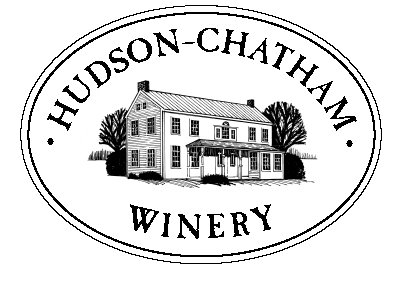THE NURSERY

The Call
Steve Casscles and Dennis Pitts run a nursery program of heirloom grape vines. And I have taken a liking to them. Among their assortment of grape varietals are some vines that are readily available, especially Baco Noir (but there’s are Caywood Vineyard/Benmarl descendants), and there are less well known vines, like Chelois, which we love, and several others that are old Cornell discards that only ever had a number, but actually, it turns out make great wines, as well as hybrids from the 1850s and 1860s.
Last week, while at work Steve called me to tell me he and Dennis had run out of room in their nursery, and could I put in a small nursery to house 150 vines. I thought it sounded insane, but I agreed.
Buying Lumber and Laying out the Nursery
Steve Casscles and Dennis Pitts run a nursery program of heirloom grape vines. And I have taken a liking to them. Among their assortment of grape varietals are some vines that are readily available, especially Baco Noir (but there’s are Caywood Vineyard/Benmarl descendants), and there are less well known vines, like Chelois, which we love, and several others that are old Cornell discards that only ever had a number, but actually, it turns out make great wines, as well as hybrids from the 1850s and 1860s.
Last week, while at work Steve called me to tell me he and Dennis had run out of room in their nursery, and could I put in a small nursery to house 150 vines. I thought it sounded insane, but I agreed.
Buying Lumber and Laying out the Nursery

Two years ago, Steve had asked this same question, and I readily obliged. He left use some canes and told us what to do. We were imbeciles. We stuck the twigs in the ground, watered them once or twice, and then they were run over by the guy who does the mowing in your fields. So much for that!
We didn’t have a nursery, so we had to build one. So I thought I’d go on line and do some reading. While there were much more fancy ones, what we really needed to create was nothing more than a flowerbed. So I went and bout some 4 x 4s, some large spikes, and 6 large sacks of organic, nutrient rich dirt.
I chose a flat-ish space (there’s not one, flat, level space on our whole farm) at the end of one of our raspberry rows, and I laid down my lumber in the appropriate shape, and started pounding stakes in the ground, so the bed wouldn’t lose it’s shape through all the work that was going to take place.
I placed the six large sacks on the ground and walked away. The rest was for Steve.
Steve Arrives




Steve our winemaker and erstwhile vineyard consultant arrived with a posse of workers. Son Noah and old hand Earl went out into the fields to start tying up vines. Son Ben, and his friend Rob, went up to the nursery. Steve was thrilled with the organic dirt, but felt it was too rich in natural fertilizers, and wanted to make sure some of our own dirt, mineral rich, was also folded into the mixture. They dug some dirt up from a near by location, and broke up the soil that was there inside the confines of the bed. They mixed the soils. It was like a giant mud pie game. The young men dug in, with their hands, and blended the two soils like they were making dough. Because of their composition, the two dirts could not have been more different in color and texture. It was amazing to watch.


Then the cuttings, which had been soaking in water for three to four hours, were simply stuck in the big doughy mess that was now the nursery. The blocks were separate and distinct. Baco Noir. Chelois. Some numbered one from the 1960s. The guys worked on their hands and knees for two or three hours by the time it was all done. Then they were off to vine tying.
Clean Up

A few days later, the clean up crew arrived. They picked up all the detritus – empty soil bags, some shards of newspaper they vines had once been wrapped in, clumps of grass from which the dirt had all been shaken out of. It was all put into a barrel and separated back near the winery. Bags and newspapers went to recycling. The grass and other natural elements to our composting pile.



0 Comments:
Post a Comment
<< Home